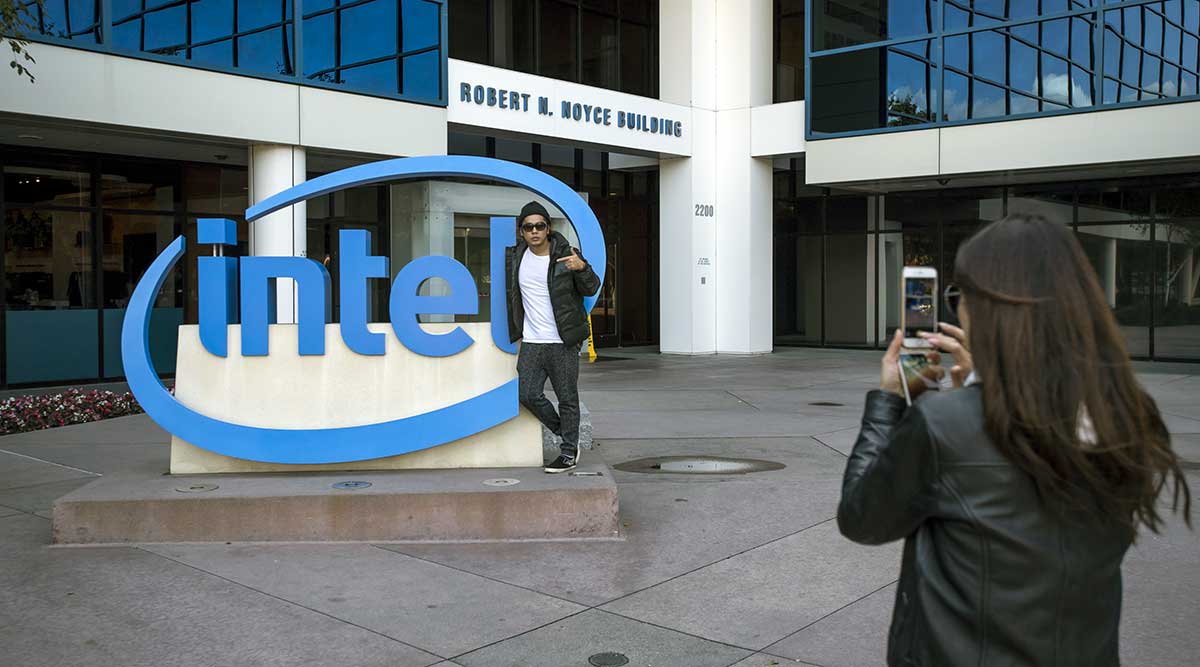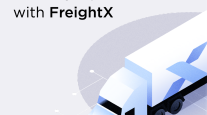Did Your Package Get Dumped in Transit? Via Cloud, Now It Can Tell You

After Intel Corp. couldn’t find a device that indicated when sensitive chip-making machines tilted too much during shipping, the company decided to build one.
The maker of microprocessors teamed up with Honeywell International Inc., which makes handheld warehouse computers, to create a system that can monitor vibration, temperature, unauthorized openings and a host of other things on pallets of goods or even individual packages. It is being tested by shippers including Kuehne & Nagel International AG, DHL Worldwide Express and Bertelsmann SE.
The many freight-tracking products now in the $8 trillion worldwide logistics market usually only trace a large container or truck. The devices don’t have an onboard computer that gives detailed information and on which new applications can be created, said Martin Kolbe, chief information officer at Switzerland’s Keuhne & Nagel.
“It’s real-time monitoring on the one hand, but you can do much more with the data,” Kolbe said in a telephone interview. “This is creating a new eco-environment where over the next years more solutions will come in.”
The tracking system is part of Intel and Honeywell’s effort to introduce products that use sensors linked to the internet to collect data on machinery, office buildings, aircraft, and freight to make them operate more efficiently or to spot maintenance problems before a breakdown.
The Honeywell-Intel product consists of sensors linked to one transponder that relays data to cloud-computing networks where it can be monitored and processed. The sensors, which now cost more than $10 a piece, can be placed on pallets or individual packages while the transponder can be placed among the packages or on the vessel.
Honeywell wants to drive down the price of the sensors to as low as $2, said Taylor Smith president of Honeywell’s workflow solutions business.
Reducing the cost of the system will help gin up demand beyond goods such as medicines, fresh food and high-tech equipment that require close monitoring and have high value. The market for monitoring freight is about $4 billion, Smith said.
“We think this could open that market even more,” Smith said.
Insurance companies are keen on the technology’s ability to pinpoint when an incident occurred and what happened to insured cargo, which may speed up claims and settle disputes more clearly regarding who was at fault, Smith said.
Many transportation companies provide tracking services, but it’s a patchwork system with some working better than others, Kolbe said. The ability to track a package that’s handed off among different carriers is appealing, and decisions to reroute or even adjust variables such as temperature could be made on the fly, he said.
“There’s like a mini-PC onboard so we can start in the future to think about small algorithms to take local decisions for local conditions,” he said.


